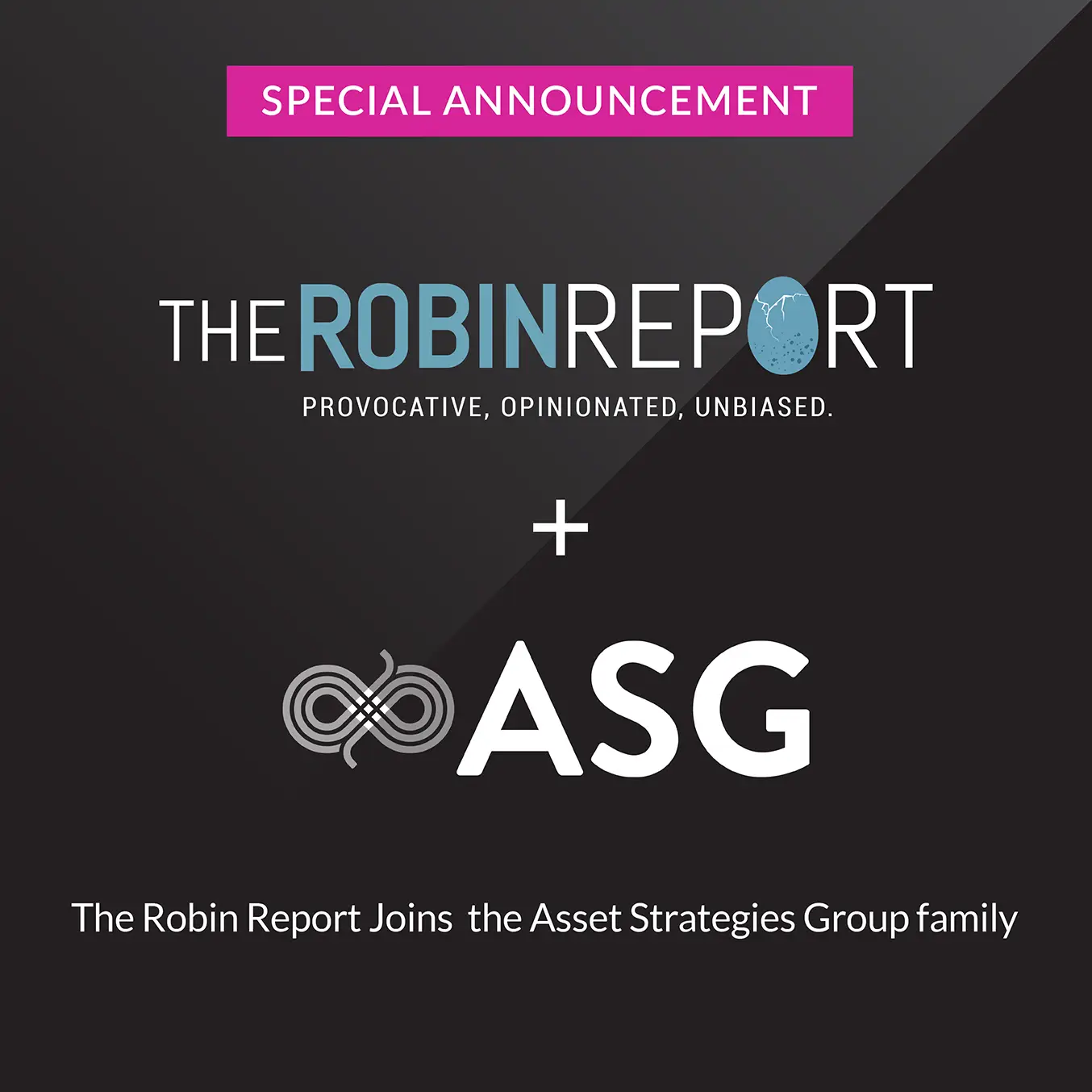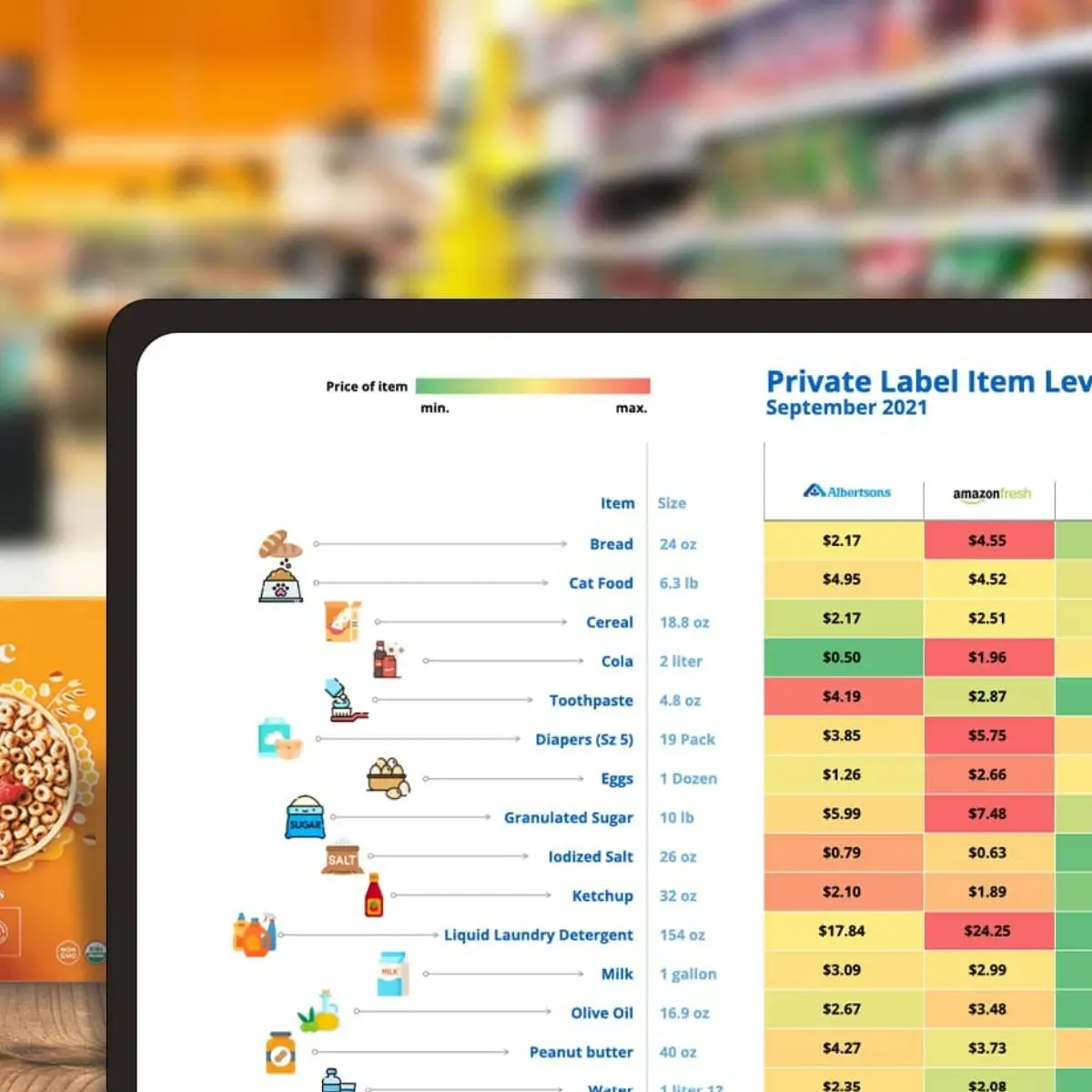In the first of this two-part series, we looked at the performance discrepancies we see through our data in the various online categories and the possible reasons behind their unequal performance. In this second article, we explore ways to improve the performance of those weaker categories.
Four Strategies That Can Help Grow Online Sales
There’s no one magic bullet that seems to increase online penetration or spend across all sectors. In some cases, it’s revealing to chart the performance of disparate industries—why do some consumer tech products have a much higher penetration than automotive, for instance?
From what our data suggest, we can pose several approaches that retailers in specific categories might take to entice more customers to buy online. What are people looking for in each industry? Are they just looking for the best price? Do they need unlimited assortment? Perhaps what it will take is a superior online experience or a highly-personalized assortment. Or possibly, there’s a way they can be lured online to buy follow-up products after they bought something in a physical store. Let’s look at how these approaches might work in different sectors.
1. Price.
Start by looking at where people are doing the most spending online. It’s clear that finding the lowest price is a huge factor, as evidenced by successful discounters like Wayfair and Overstock. There’s a possible tie-in here to the major home appliances category, since they are such big-ticket items. Offering occasional discounts, along with free shipping of a very heavy item directly to the site where it’s being installed, could be a major incentive for home renovators to make these purchases online.
2. The Endless Aisle.
One of e-commerce’s most winning attributes is the virtually unlimited selection that can be offered to the consumer. In the automotive parts sector, which is heavily undersubscribed online compared to brick and mortar, consumers need an endless aisle, because the parts are so specific to cars’ make, model and year — and there are millions of them. For retailers in this sector, a way around buyers’ need for instant advice is to offer live online chat, which can give expertise 24/7. And as with home appliances, the convenience of having large or bulky purchases shipped is also a draw.
Similarly, for home textiles—an online category that shows penetration (percent of online consumers who have bought this category) increased to 17 percent according to NPD’s Checkout E-commerce data. But spend per purchase and per buyer are down—the endless aisle concept could be useful here. There are so many permutations in textile products that a brick-and-mortar retailer can’t show everything in-store. Knowing your buyer—perhaps understanding a lifestyle and what that lifestyle projects—may help the home textiles retailer choose whether to offer an endless aisle or a highly curated online selection.
3. Curation.
Curation is the inverse of the endless aisle, where the customer gets a personalized and highly specific “aisle” showing only what he or she may be interested in buying. This approach is only possible with strong data-driven knowledge of customer preferences, history, and demographics. Looking at the office supplies sector through our Checkout E-commerce data, currently fewer than one in five online consumers bought office supplies last year—and among those who did, spend per buyer dropped 6 percent year-over-year. Finding consumers who consistently purchase higher ticket items is a worthy investment. For example, niche audiences like bullet journalists do not need to go into the store for creative inspiration. Targeting them with offers on select writing instruments commonly used for this activity is one area that has seen growth. In online sales, color markers are up 17 percent, paint markers up 9 percent, permanent markers up 6 percent, gel pens up 6 percent and porous pens are up 5 percent. From a curation standpoint, if you know who your consumers are, what their last purchases were and what they’re likely to buy next—like expressive writing implements—it’s easy to do.
In another example of successful curation, apparel and footwear buyers have both shown increases in the number of orders made in a year. They’re spending less per purchase but more overall, by being given targeted suggestions of ways to add on to their wardrobes online—whether through promotions or complementary suggestions—based on their prior purchases.
4. Three Ways to Extend More to Your Consumer
There are three ways to offer more to your customers once they have made an initial purchase: extension products, replenishment and dynamic web pages. Let’s take a brief look at each of these.
Regarding extension products, we wondered why consumer tech products showed such a steep spike in penetration, from 34 to 41 percent. Analyzing the data, we realized that many consumers who make a tech purchase in-store have taken to buying add-on products to this item online. For example, a consumer who already owns an Amazon Echo—which is, of course, also available in stores—might go online to buy extension products for it, such as the Echo Spot or Dot. Loyalty, utility and habits are already in place, so this type of online offering has increased the incidence of people buying tech products, and with it, the opportunity to expand education and offerings around the initial “family” add-on.
The same goes for any family of products where the retailer makes it easy to buy the base piece in the store and then replenish or update it online. The home textiles category may also have the capability of offering “suites” of products—say, freshening up or expanding sets of bedding when a consumer likes a particular brand or style. This drives home the importance of creating a seamless environment for the buyer between brick-and-mortar and online purchase experiences.
Secondly, there’s auto replenishment, the frictionless reorder of a consumable product that’s more a commodity – diapers, motor oil, inkjet cartridges and the like. It has been noted that 50 percent of center aisle products in a grocery can be reordered this way. Back in 2014, with the introduction of the Amazon dash button, we saw the beginnings of an auto-replenishment world. The question is, can we know enough about our customers to understand what would motivate them to subscribe to auto-replenishment, or for a competitor to win them to a different product, once they’re on auto replenishment?
Our third mode is dynamic web pages. When data-driven customer insight is added, this allows one customer to look at a retail website and view a completely different offering than another customer because the retailer understands their prior purchases, life stages or demographics, and is in a position to suggest the next potentially attractive item.
Though our Checkout E-commerce data show wide discrepancies in penetration from one sector to another, one thing is true for retailers across the board: it’s essential to understand who your customers are—and from there it becomes possible to sell more to the customers you have and attract those you don\’t yet have.




